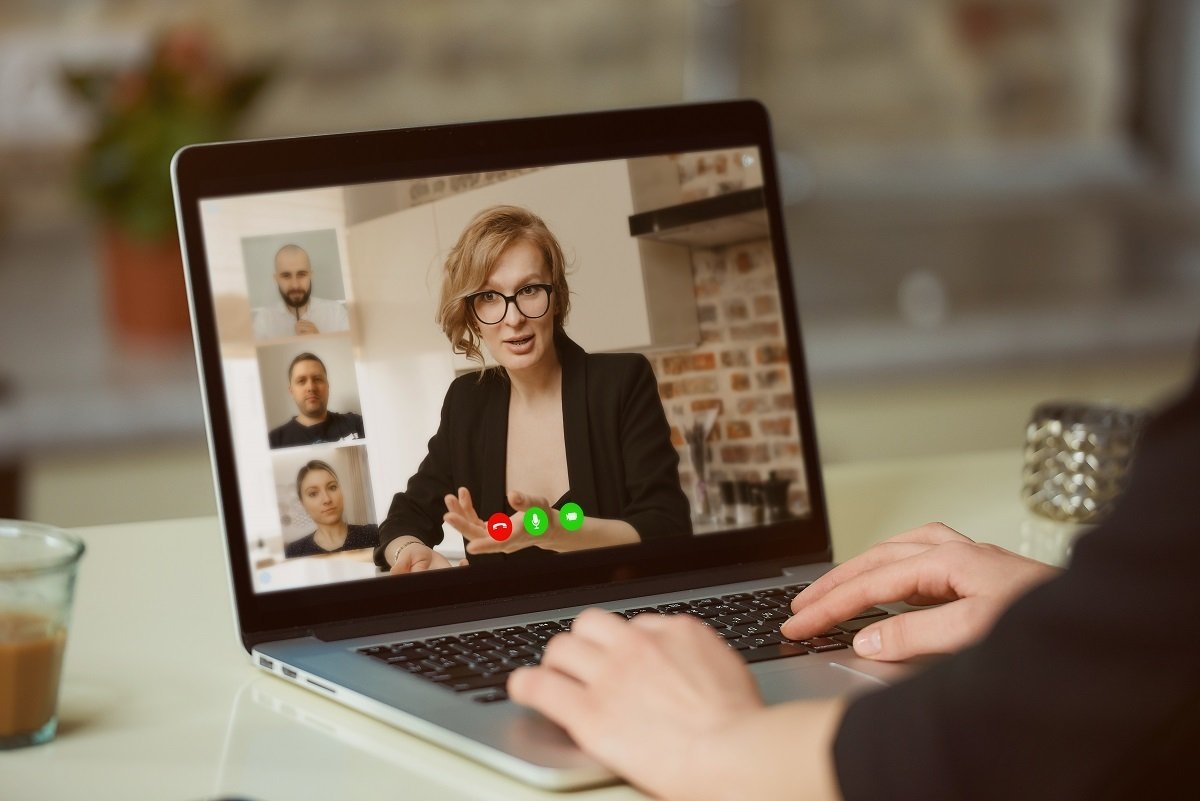
How to Host and Produce a Microsoft Teams Live Event
Microsoft makes Teams so simple and easy to use that anyone can host a Microsoft Teams Live Event. But not everyone can be a good host. Today, many are finding themselves forced to create online meetings and webinars despite it not being their specialization. It can be difficult to know whether you’re really communicating effectively in an online environment, and whether your live event is actually useful.
So, what can you do? By following a few tips, tricks and best practices, you’ll be able to ensure that your live events go off without a hitch.
Start with Your Title and Thesis
Just like writing a university paper, the best webinars are concise and focused. Before you even start planning your Microsoft Teams Live Event, you should have:
- A title that describes what the event is. Even if this is an internal, mandatory event, your team has to understand what they’re there for – otherwise they can’t prepare.
- An abstract that explains what will be covered, in brief. Within a few seconds, you should be able to describe the webinar and its value. This is important for you, too: It helps you focus.
- An outline that covers the details of the webinar. You’ll be able to remain focused and on-task better when you can flow effortlessly from topic to topic.
By consolidating your information in this way, you’ll be far more prepared when the day of the webinar comes.
Test Out Your Environment
Don’t just make sure that your mic and camera are working. Have someone else check on their end. Otherwise, you may find that your mic is working, but it’s too loud or soft, or flickers sometimes. You may find that while your camera functions, it’s too dark, or it constantly changes based on fluctuations in the light.
Are you producing your Microsoft Teams Live Event from the office, or are you producing it from home? If you’re at home, make sure that the room you’re in is sound-proof and free of interruptions. And if you don’t have someone to test your environment for you, try recording your event and playing it back.
Create Some “Back Matter” for Your Event
Not everything can (or should) be discussed within a webinar. Whenever you feel as though you’re getting a little too deep into a topic, consider referring your viewers to a different resource. You can then link all these resources at the end of your webinar, for further reading.
During a webinar, certain individuals may need to learn more about certain things. They may find that they already know a lot about one topic, but very little about another. Rather than trying to answer all the questions asked, you can give a broad overview of everything discussed, and provide more specialized materials in your back matter.
Send Reminders Before the Event
To get people excited, you should make sure you send reminders before the event. Live events have to happen on time, which also means that people need to remember to get there. If you don’t want to have to field questions about what you discussed at the very start, sending reminders is incredibly important.
If your event is going to be open, such as being customer-focused, social media is also an excellent place to advertise.
Reuse Your Material
After your live event, consider using any material you recorded as the foundation of videos or tutorials. By making your live events accessible in the future, you make it easier for anyone who missed the event to catch up. For Microsoft Teams events, you’re likely not running large, public webinars; you’re likely running live events for internal purposes. Because of this, it’s a good idea to keep and archive any material you put out.
Make Time for Questions
It isn’t a great idea to give people a lot to think about during a live event, and then just log off. When you’re scheduling your event, make sure that you schedule enough time for questions. If your webinar is 30 minutes long, you probably want at least 10 minutes for questions. If your webinar is 60 minutes long, then at least 20.
When answering questions, alternate between guests. Some people can inadvertently dominate the discussion, simply because they have so many questions. If someone is asking a lot of questions, don’t be afraid to tell them you’ll catch up with them after the event.
A live event can be stressful. Unlike a real life event, a Microsoft Teams events can leave you feeling like you’re not getting immediate feedback regarding how well you’re doing. But as with most things, it’s all about practice. Make sure you have a clear mission statement, have an outline to follow and interact with your guests, and you should be performing fantastic MS Teams live events in no time at all.
That’s the professional side. But what about the technical side? If you need technical help setting up a live event, it’s time to contact the experts. Red River can help.

written by
Corrin Jones
Corrin Jones is the Director of Digital Demand Generation. With over ten years of experience, she specializes in creating content and executing campaigns to drive growth and revenue. Connect with Corrin on LinkedIn.




